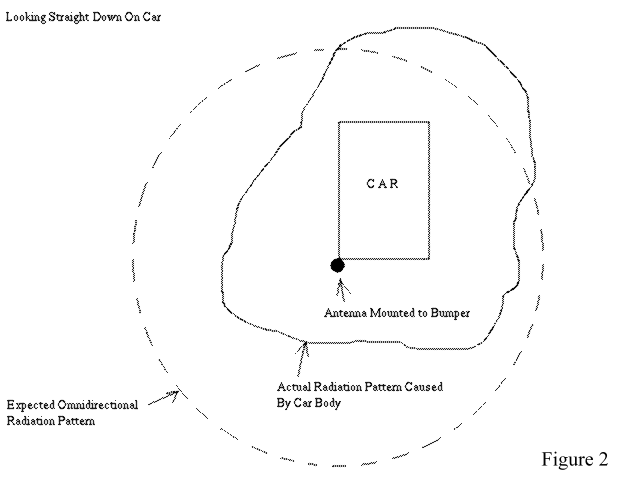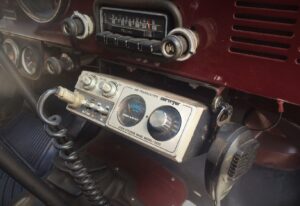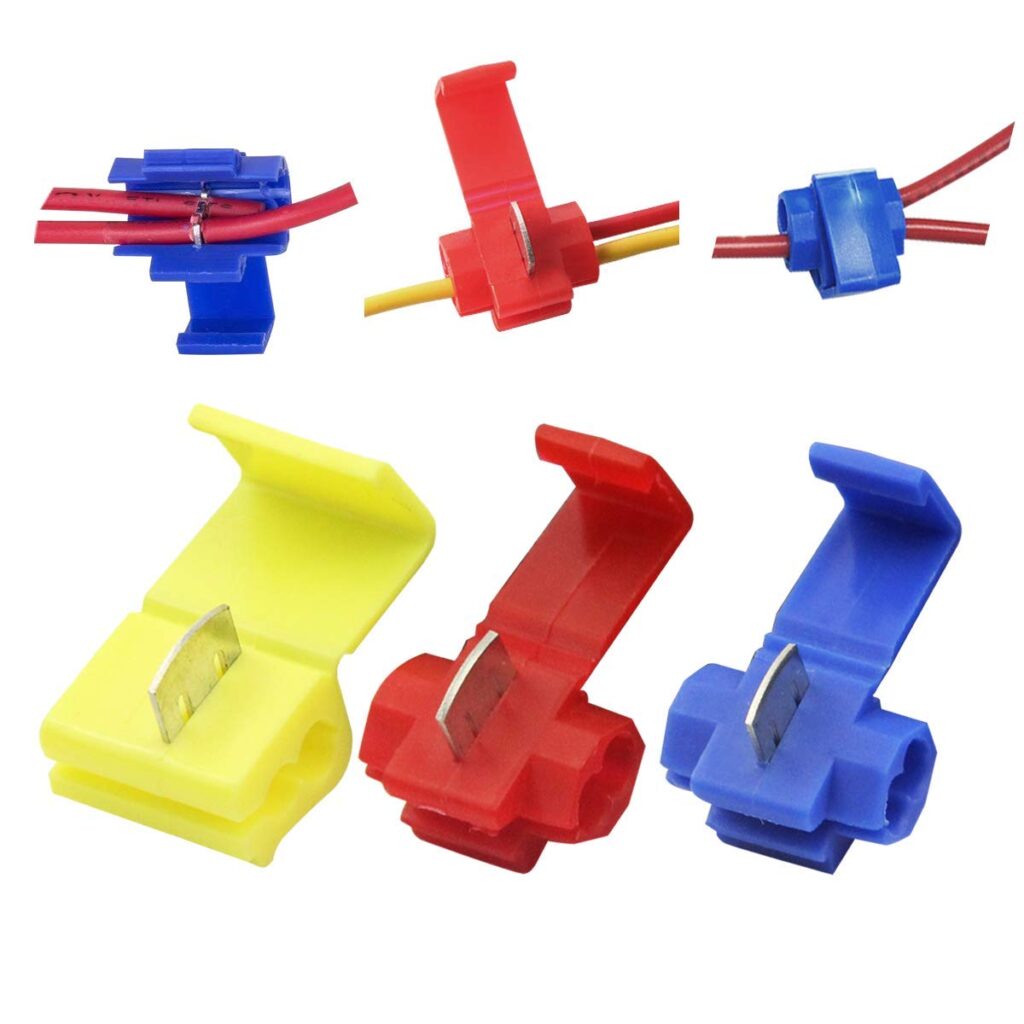Filling in the gap.
Most ham radio enthusiasts who focus on off grid operations spend a lot of time working with solar panels, batteries, generators, and similar equipment with the end goal of having a fixed-or semi-fixed base station. Whether that station is a permanent installation, such as in a house, or a temporary location, such as a cabin or camp site, the principle is the same: the station is not meant to operate while in motion. Another option many hams overlook is mobile operation. It’s worth consideration because mobile ham radio fills in many of the holes left by fixed and semi-fixed stations.
I don’t have firm data, but in my experience mobile operation isn’t nearly as popular as it used to be. When I was first licensed in the 1980s, it seemed everyone had a mobile rig! Today, outside of VHF/UHF, I hardly ever QSO with a mobile station.
Antenna issues.
Perhaps the biggest challenge of a mobile/vehicle station is the antenna. Operators are faced with having to come up with an antenna that works and looks good on the vehicle. Since the metal in the car acts as a ground plane, antenna placement will effect the radiation pattern.
In general, the signal will favor the largest mass of metal. For example, if an antenna is mounted at the rear left side of the car, the radio signal will favor the front right of the car. So if you want an even omnidirectional pattern, mount the antenna in the center mass of the vehicle.
As one might guess, the location for best performance and location for best appearance may not be the same thing. Unfortunately, the laws of physics make no exceptions for style. As with all things in off grid ham radio, there will be tradeoffs.
Many cars today have a lot of plastic body panels that make establishing a good ground plane difficult. Once again, there are tradeoffs. The only real option in this case is to bond the coax shield to the frame of the car.
Be aware that there is a difference between bonding and grounding. Grounding means a device to connected to the earth. Bonding means two separate points or devices are connected together so that they have the same electrical potential. This distinction doesn’t make a lot of difference in the context of what we’re discussing here, but it is worth mentioning.
Radio mounting considerations.
Back in the “good old days” we could just bolt our radios under the dash with a simple metal bracket and call it good. Today, car interiors are mostly plastic, have more elaborate features, extensive ventilation systems, and multiple airbags. All these things make mobile ham radio much more challenging. Look in any recent-vintage model car. It’s hard to identify a place that isn’t disqualified by one of the preceding situations.
There are solutions. Option one is to mount the radio in the compartment between the seats with Velcro. An under dash or similar surface mount with Velcro is possible too. Disadvantages: If you go with the storage compartment, be aware the enclosed space may create ventilation/overheating problems. Mounting it elsewhere with Velcro, while functional, will likely look like crap.
Option two: Mount your radio in a go box configuration (or maybe you already have a go box) and bring it along in the car. There’s no reason a go box can’t do double duty as a mobile unit. Disadvantage: Most go boxes include equipment not needed for a mobile application, so you may be dragging along a lot of extra gear. This extra gear may take up space needed for passengers and cargo.
Option three: There are numerous permanent and semi-permanent mounts available on line. These run the range from simple spring clamps designed to fit in cup holders to somewhat expensive permanent mounts. One of the most popular is Ram mounts. For the unfamiliar, Ram mounts are customizable ball-and-socket adjustable hardware. There is also Bulletpoint Mounting Solutions, very similar to Ram, offering a complete system that allows for multiple devices. Both Bulletpoint and Ram have vehicle model-specific hardware that works very well. In addition to radios, they can be used for cellphones, cameras, iPads, and similar devices. I have a Bulletpoint in my Jeep; it’s rock solid and looks great. Disadvantages: They are expensive, and since they are often model-specific, if your car is not one of the vehicles they support, you may be out of luck.
Powering your mobile ham radio.
What it will take to get power to your mobile rig varies depending on the radio. If you’re running a handheld or QRP radio, you’ve got it easy. Just plug into the 12 volt power port already in your car and you are all set.
If you need more current than can be pulled out of a factory power port, then you’ll have to run some wiring in your car. Some hams terminate their installations on the vehicle fuse block. It’s more preferable to run wiring directly to the battery.
A few factors to consider:
First, use the appropriate size and type of wire. For mobile radio applications, wire is deployed in an uncontrolled environment with excessive heat, cold, moisture, and vibration. Make sure the wire you use is certified for these conditions. Wire used for residential electric is not acceptable.
Second, focus on fire safety. Power leads should at a bare minimum have a fuse on the positive wire as close to the power source as possible. A much better design is to place a fuse on the positive and negative lead, with one fuse near the power source and one fuse near the device, for a total of four fuses.
Multiple radios and devices: If you have more than one radio or device, ideally you would use a DC power distribution block such as a West Mountain Radio Rig Runner. Now-defunct MFJ made some great DC power blocks too; you should be able to find some still out there. Automotive wire taps are acceptable for one, possibly two devices. Any more than that and you’ll probably end up creating a jumbled mess of wire. Make sure each radio has its own set of fuses; West Mountain and MFJ power distribution blocks already have built in fuses for each branch.
Don’t kill your battery.
One convenience of connecting your radios directly to the battery is that you can use them even if the car isn’t running. The disadvantage of course is that you risk discharging your battery to the point your car will not start.
There are three ways to deal with this. First, the operator can simply manually monitor their power use and don’t let the battery voltage drop too low. Without a voltage monitor, this is pure guesswork. If you will not be operating with the car engine turned off for more than a few minutes at a time, then you can probably get away with this method.
The second way is to install a low voltage cutoff switch. These switches are somewhat inexpensive and easy to install. You don’t have to monitor your own power use. If the voltage drops too low, the switch will automatically cut power to the radios.
Lastly, there are battery isolators. How these work is you power your radios with an auxiliary battery (not the vehicle battery). When the car is running, the isolator allows the auxiliary battery to charge off the car. When the car is not running, the isolator cuts the connection between the batteries and the radios draw power from the auxiliary battery only. If you run down the auxiliary battery, the car will still start an operate normally. West Mountain Radio sells an isolator, and there are less expensive versions on Amazon.
Final thoughts.
Mobile ham radio is a form of off grid radio that opens possibilities to operators who may have no other options outside of a traditional grid-based station. Although going mobile is more complicated than it used to be due to advanced features and materials used in modern cars. with some planning and forethought a ham can overcome these challenges and create a useful, functional mobile ham station.




I have used a 12 vdc battery charging solenoid in my trucks for decades. Like the one in the link from Amazon, they are simple and work well.
https://www.amazon.com/Continuous-Solenoid-Nickel-Plating-Lucky-Seven/dp/B0859BZJNW/ref=asc_df_B0859BZJNW?mcid=a5dfa6f9b8fb32da99bc56d51cda90f8&tag=hyprod-20&linkCode=df0&hvadid=697472583053&hvpos=&hvnetw=g&hvrand=18051830231640869982&hvpone=&hvptwo=&hvqmt=&hvdev=c&hvdvcmdl=&hvlocint=&hvlocphy=9031761&hvtargid=pla-903500400700&psc=1
Hi Jed, you are right there are many inexpensive options out there.
Mounting mobile radios in cars is definitely getting harder in a lot of cases. It’s going to depend a lot on the individual vehicle. There was no way I could put a mobile radio in the Corvette at all. The entire body of the car was plastic and it was a convertible with a cloth roof, plus the interior was so cramped the driver and passenger didn’t really sit in it, they sort of slid into it like a glove. I have no idea where I could have tucked a radio in, much less mounted an antenna to it.
The 2021 Buick I have would be pretty easy, on the other hand. The body is still made of actual steel, there’s plenty of room and little cubby holes. I could easily put in a transceiver, especially if it had a remote control head like my FTM 400. I haven’t done it because I don’t play with VHF/UHF any more. I didn’t even bother putting the VHF/UHF antennas here at the house after they put the new roof on last year.
The thing that concerns me isn’t just finding space to put one, it’s RFI from the ever increasing number of computers and radio equipment in modern cars. I’m not as worried about RFI generated by the car as I am about RFI generated by transceivers interfering with the operation of the car. The car not only has WiFi and Bluetooth but also cellular and maybe even satellite communications capabilities, plus radar systems, ultrasonic transducers, cameras, etc. that operate all of the safety systems like the automatic braking systems, lane keeping, etc. If I were to chuck a transceiver in there that put out some kind of odd harmonic or something, what’s that going to do to all of the computers, transceivers and wiring built into the car?
Hi Randy, I’m not sure how radios and car electronics will interact. I haven’t heard of problems other than electric cars introducing a lot of noise and hash on the HF and AM broadcast band.
My Jeep has a soft top so absolutely no antennas on the roof. I used to have an antenna mounted on the rear spare tire carrier. I later removed it because 1) the road noise Jeeps are so famous for made it very hard to hear the radio, and 2) my Jeep has a manual transmission and it’s too hard/unsafe to shift gears and yap on the radio. So I just pulled it all out. I do occasionally bring a handheld radio along.
I’m always encouraged when I see articles about Amateur Radio. However, I wish that the writers would do enough research sufficient that when they provide photographs and illustrations that such would be accurate. The photograph shows what I would call an ancient 23 channel CB radio, which hasn’t been legal to put on the air for decades. The internet is full of modern day Amateur Radios both for a home station as well as mobile. I would hope that someone who looks at that photograph is not dissuaded from getting involved in the hobby that is much more modern than it has ever been in the last 100 years.
Hi Glen, thank you for your comment. The photo you refer to was purposely chosen to illustrate the simplicity and ease of the “old school” radio installations, which were a simple metal bail bracket mounted nearly anywhere under the dash. As the article discusses, mounting an under dash radio is much more difficult, and in some cases impossible, on modern cars.
As for the legality of using old 23 channel radios, they are completely legal assuming they do not drift off frequency or violate other technical standards. There is no FCC rule that prohibits the use of a radio based solely on its age, and many collectors and enthusiasts still use those old rigs daily.
I doubt anyone would be dissuaded from getting involved with ham radio because of a photo on a blog. If one interprets the image in context and with a reasonable level of reading comprehension, it should make perfect sense. This blog has over 170 articles, all of which are carefully researched and originally-written. All these articles are presented in a way that any ham of any experience level (or no experience) can use to advance their knowledge.
Thanks again for your comment; I hope you’ll stop by again and invite your friends.